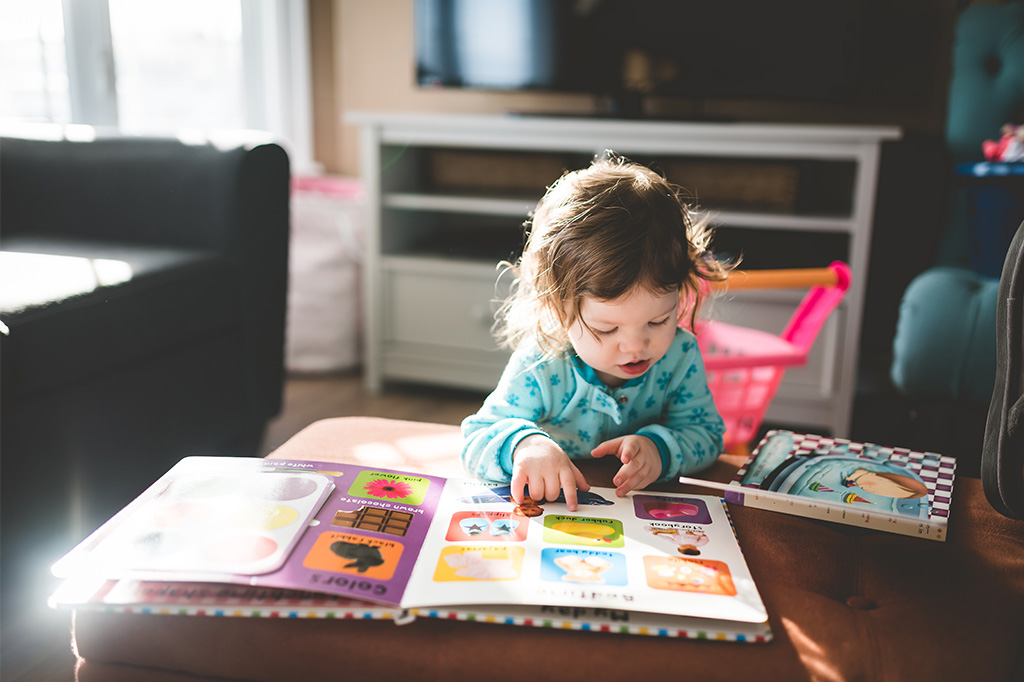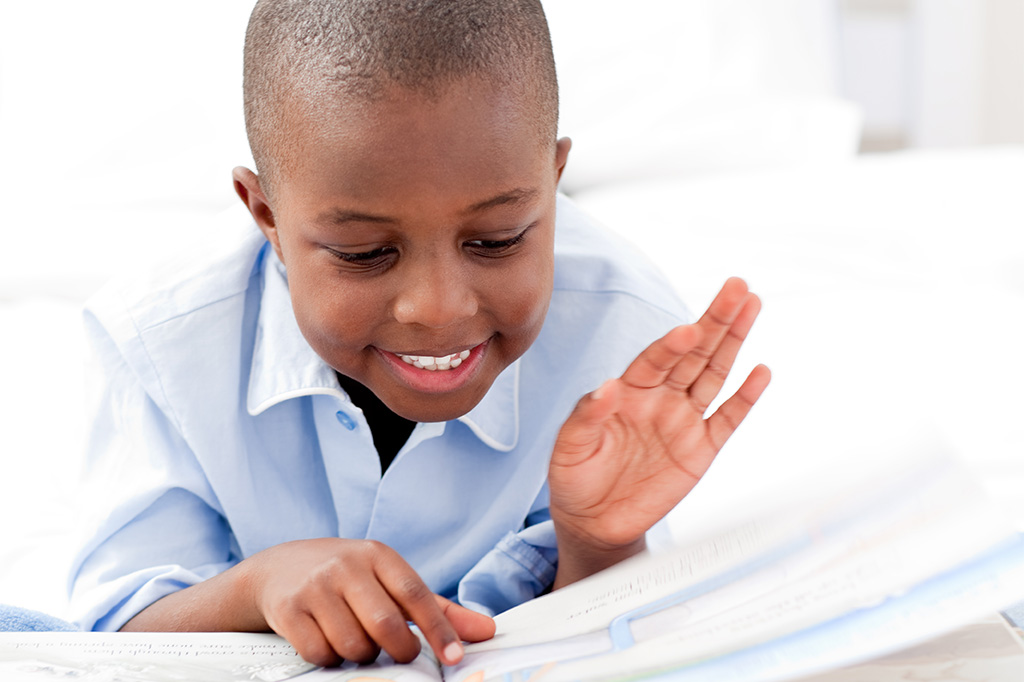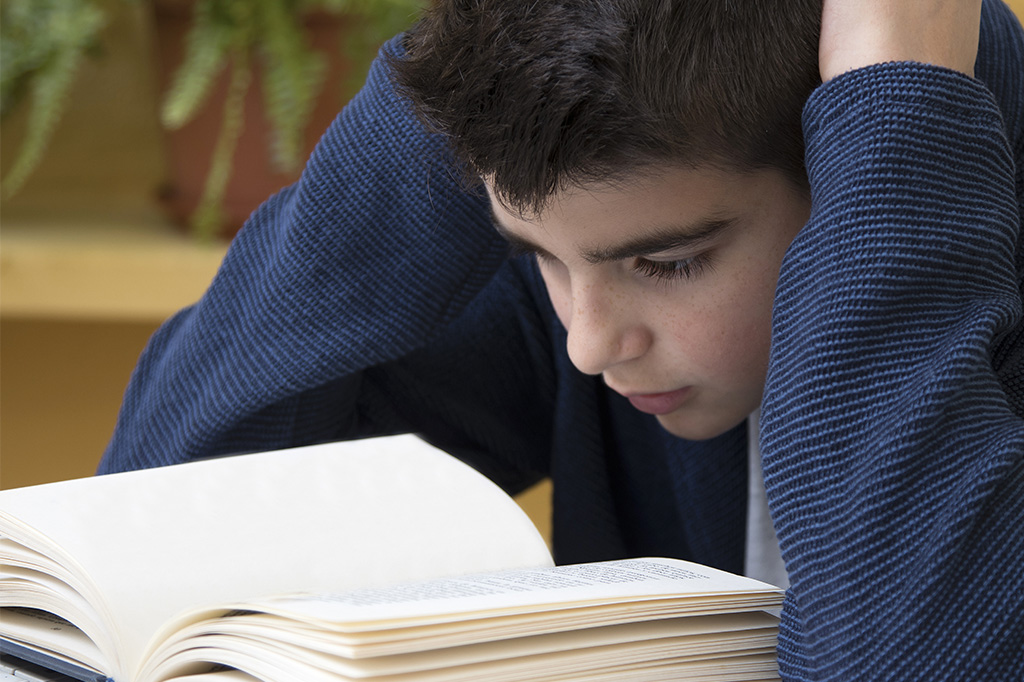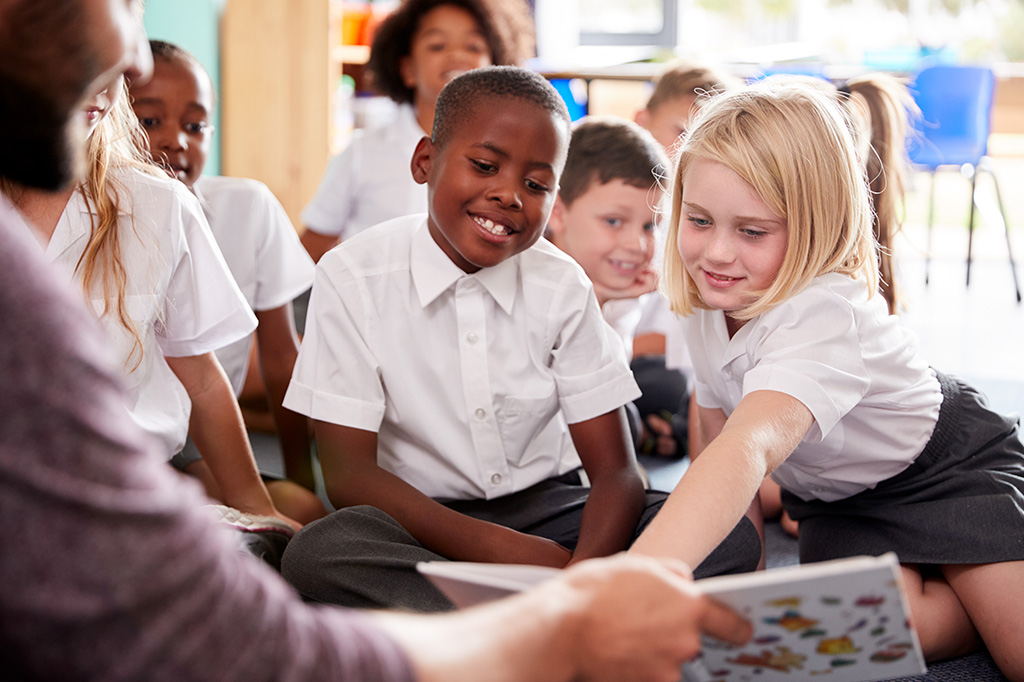The Benefits of Reading

⏱️ 4 min read
Word Power
Children will face questions, as we all do, on what is there for them to see in everyday life. Put ourselves in the child’s position, sitting an exam. All questions are put in words, of course, and any one word can trip them up.
For example, imagine that a maths question asks to calculate the cost of staying in a lodge for a fortnight. Even a mathematician would be clueless if they don’t know how long a ‘fortnight’ is.
So we ask ourselves, “Where does our word power come from?”—and the answer is, reading.
Start now
While some children are reluctant to pick up a book and open to the first page, others prioritise it. Evidently they even look forward to it. Some children love to read and never put the book down.
This is what they mean by ‘reading for pleasure’.
Their interest in words and sentences, through stories and factual information, will ignite from there. An expanded vocabulary, a widening imagination and an energy for reading are the base benefits felt by young readers.
Reading rewards children in so many ways—without exaggeration, it expands the child’s world.
Like most things, good habits set in better the earlier you start. With early stimulation, reading eventually becomes an enjoyable habit which they would want to continue every day.

Reading sources
Thankfully, children are surrounded by many chances to read. And moreover, there is no formal rule in what children should read.
Books, of course, are one of the most obvious sources of reading. But in fact, any piece of writing around a child can become a resource for them. No matter how long or short, fiction or non-fiction, a bedtime story or a billboard advertisement, these are all nutritious reading sources.
Not surprisingly, online reading is fast becoming the go-to source for students with their schoolwork. In 2009, the Programme for International Student Assessment (PISA) reported that Secondary school students who often read online (e.g. use internet search engines, online dictionaries or encyclopaedia) performed better in reading assessments than others.
Whether it is a novel, a webpage or signage on the street, they are all rewarding sources of reading.
Read, because
The advantages of reading are plentiful so just go for it, and try to vary the reading materials.
By reading from a variety of sources, children experience a wider range of writing styles, and probably on more topics. They pick up new vocabulary and information, then absorb it as knowledge. Reading is the most giving medium in respect of words, helping children to communicate with more confidence.
1. With a variety of words and information stocked, children can most easily digest what an author is conveying. In a story, vocabulary knowledge literally frees the reader’s imagination.
2. With an open imagination, a child can visualise the settings or events described. They begin to comprehend characters’ feelings, comparing their own experiences with those characters, and develop a sense of empathy.
3. With the above skills, young readers grasp meanings on and below the surface of the text. They even find meaning between the lines! That is the combined power of words, knowledge and imagination—to make inferences that others, non-readers, just cannot.
4. Children train many of the most important comprehension skills through reading—and a child with higher comprehension skills has advantages over others in all subjects. Simply, they can make better sense of what they read.
5. Comprehension skills strongly influence a child’s social interactions. Readers make better conversation because they better digest and understand what others mean. Being unable to understand others’ words and thoughts makes it difficult to respond to them appropriately.

Schoolwork and reading
Schoolwork immediately and constantly draws on a child’s writing skills, most of which are honed through reading. And this applies not only to English lessons.
Evidently, regular reading plays an important role in enjoying school demands. Undeniably also, it is essential in preparing for exams such as SATs or entrance exams.
Recognising words and understanding the information is a key foundation to every child’s learning and communication in school. In creative writing exercises, for instance, they can use newly acquired vocabulary from a recent read. Including a variety of vocabulary or phrases instantly distinguishes their writing from others’—for which they will likely achieve higher praise.
Equally, they might get a piece of homework to make a poster about fossils. They’ll likely excel if they have prior knowledge from a book about rocks, dinosaurs, volcanoes or ammonites.
According to the Department for Education’s report, students with a regular habit of home reading score higher in reading comprehension assessments compared to others.

How to become a reader
- Firstly, and most importantly, read with the child—read together as often as possible.
- Then, maintain the habit of routine reading, be it bedtime or else. Share the reading, talk about the story, sometimes reversing the reader.
- Make everyday reading achievable. Treat reading as a restful activity, not a painful chore.
- Show your interest in reading because your child has more chance of being interested if you are.
- Don’t rely on external sources only. Identify reading sources at home—remember, any piece of text is of value.
- Encourage them to read anywhere. Books and devices at home, libraries, on the train—let the child take the reading with them.
- And finally, by way of reminder, start as early as possible.
Make time for it, make it regular, make it achievable, and if appropriate, make it restful.

Learnest
Learnest is very conscious of the value of reading. Therefore, we make sure that every piece of our writing contains incidental benefits. Our readers will likely come across unknown words (like ‘fortnight’, perhaps) in a piece where they may not expect to find it.
Learnest’s language is plainly accessible language. That said, our materials constantly feed the child’s mental dictionary. Our contents and vocabulary escalate from Pre-School to Primary and beyond—which we call L+.
The L+ library is a rich collection of information revealing worldly facts and inspiring ideas. L+ reaches beyond the curriculums—expanding horizons and vocabulary in every piece.
Consciously designed, Learnest’s materials support a child to fully nourish themselves with new knowledge and language—the key elements to take in the benefits of reading.
Posted 28 April 2021
Authored by Asano Katashima
Edited by Elliot Paine
2021 © All Rights Reserved. Learnest.xyz